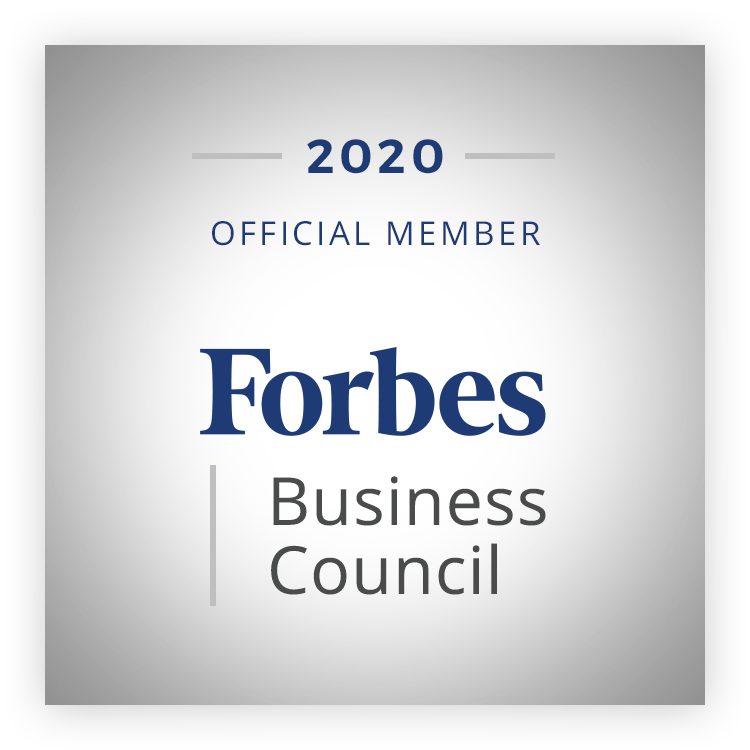The key to organizational effectiveness is alignment: across people, across data, across tools, and across KPIs. And organizational alignment depends on timely, clear, and relevant communication.
Problems show up when we rely on the human alone to enable this communication. Why? Well, as we know, humans are imperfect. In particular, overwhelmed humans who are juggling multiple responsibilities, projects, meetings, and emails.
Yet, so often organizations devolve into blaming others for shortcomings in their processes and tools. Often, it becomes a blame game of “that team/person didn’t deliver in time.”
As a result, resentment brews, siloes form, and company culture gets eroded.
In these days especially, companies face an even bigger risk for missing organizational alignment and poor communication. According to a recent MIT study, organizational effectiveness consulting can unlock up to $14M per year for the average mid-sized company.
So, want to improve your organizational alignment and effectiveness? Here are some tips to start:
1. Automate workflows.
Do you have the right workflows in place at your organization, or do tasks frequently slip through the cracks? You can use a number of tools to enable better collaboration and task completion, depending on your needs – Sharepoint and Trello, to name two. Also, use frequent, automated reminder e-mail notifications to make sure necessary work gets completed.
2.Overcommunicate.
To reduce confusion, leadership needs to take time out to communicate the vision and strategy to the entire organization transparently, and in a consistent manner. Tools like Workboard can help tie company objectives to project objectives, visually using interactive dashboards and KPI visualization.
Also, strongly consider hiring one or multiple Communications Leads to keep employees engaged in the “big picture” view. Too often, project teams and front line employees have little visibility into the company’s long term plan and become consumed with the day-to-day. It is essential that employees at all levels understand the strategic value of their work. This way, they can concentrate efforts on the highest-value activities.
3. Document everything.
Don’t assume that anything is “tribal knowledge.” Roles, responsibilities, and work processes need clear documentation and labeling, especially as new talent is onboarded. RACI charts are invaluable. Don’t worry, these don’t have to be set in stone. But they DO need to be defined for any given moment in time.
4. Make documents and data accessible.
Whatever cloud or data sharing service you use, be strategic and thoughtful when setting permissions. At the same time, ensure that important information is accessible to employees when they need it. Reduce the amount of time employees spend asking around “where can I get x document?” Rather, engage the entire workforce around proper version control and centralizing and organizing information actively. This often means continuously cleaning out old, outdated versions and properly labeling “FINAL” versions.
5. Take advantage of self-service tools.
Invest in comprehensive FAQs, trainings, and change management for self-service tools. Dependencies and waiting for information slows things down. As much as possible, take advantage of self-service capabilities to help employees answer their own questions. This is especially useful with frequently asked questions regarding admin, which may be posed to HR. The idea is to free up time normally spent on the mundane to devote to more strategic, high value activities.
Depending on humans alone to carry out the various tasks that the new, complex workplace demands is unreasonable and inefficient.
So, remember to take a magnifying glass to your processes. People alone are very rarely the sole cause of organizational inefficiencies. Sure, some people are inherently more difficult to work with than others . They can be lazy, difficult, or just plain inefficient!
However, the majority of employees are actually just doing the best they can within their means.
Thus, take a good, hard look at your organizational processes and bottlenecks, get feedback from teams, and put in place the right tools. While change management will be an investment in the short term as the organization adjusts to the “new ways of doing things,” you will reap huge returns by aligning your organization in the long term.
Organizational effectiveness consulting can help you identify organizational alignment problems and optimize your organization’s communication processes and tools. Learn about our assessments and consulting services.


